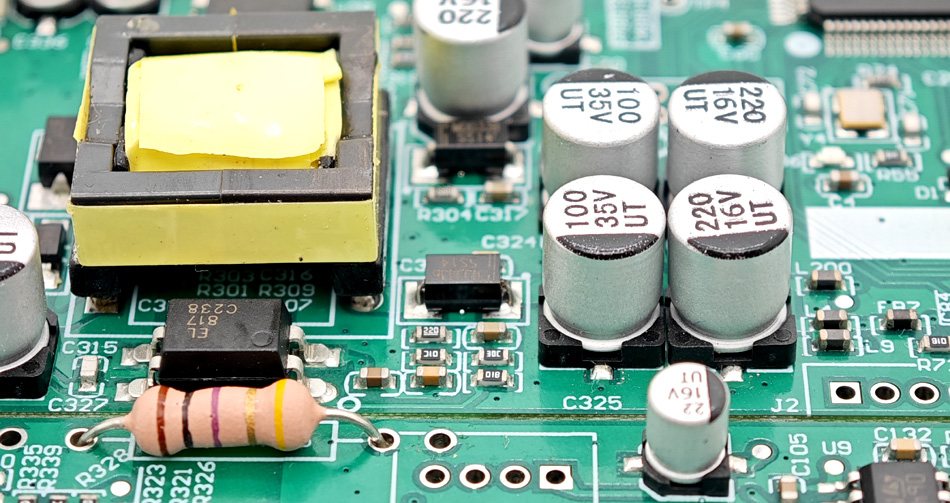- English
- Español
- Português
- русский
- Français
- 日本語
- Deutsch
- tiếng Việt
- Italiano
- Nederlands
- ภาษาไทย
- Polski
- 한국어
- Svenska
- magyar
- Malay
- বাংলা ভাষার
- Dansk
- Suomi
- हिन्दी
- Pilipino
- Türkçe
- Gaeilge
- العربية
- Indonesia
- Norsk
- تمل
- český
- ελληνικά
- український
- Javanese
- فارسی
- தமிழ்
- తెలుగు
- नेपाली
- Burmese
- български
- ລາວ
- Latine
- Қазақша
- Euskal
- Azərbaycan
- Slovenský jazyk
- Македонски
- Lietuvos
- Eesti Keel
- Română
- Slovenski
- मराठी
- Srpski језик
Heat treatment in PCBA processing
2024-11-13
In the process of PCBA processing, heat treatment is an important process link. It can harden, anneal, quench and other treatments on PCBA boards, thereby improving the mechanical and electrical properties of PCBA boards. Let's discuss in detail the heat treatment related content in PCBA processing.

1. Definition and function of heat treatment
Heat treatment refers to the process of changing the organizational structure and performance of materials through heating and cooling and other process means. In PCBA processing, heat treatment is mainly for the glass fiber reinforced materials and welding points of PCB boards to improve their hardness, strength, heat resistance and corrosion resistance, while reducing internal stress to ensure the stability and reliability of PCB boards in the working environment.
2. Process flow of heat treatment
The heat treatment process generally includes three stages: heating, heat preservation and cooling. First, the PCB board is placed in a heat treatment furnace for heating to a certain temperature, and then maintained for a certain time to allow the heat to fully penetrate into the PCB board. Finally, by controlling the cooling rate, the PCB board is cooled under suitable conditions to complete the heat treatment process.
3. Types of heat treatment
Common types of heat treatment in PCBA processing include hardening, annealing, quenching, etc. Hardening refers to the process of increasing the hardness and strength of the material by heating and rapid cooling; annealing refers to the process of reducing the internal stress of the material and improving its toughness and ductility by heating and slow cooling; quenching is a process of rapidly cooling the material after heating to the critical temperature to obtain high strength and hardness.
4. Advantages of heat treatment
There are many advantages to using heat treatment in PCBA processing. First, heat treatment can improve the mechanical properties of PCB boards, such as hardness, strength and wear resistance, and improve the service life and reliability of products. Secondly, heat treatment can optimize the electrical properties of PCB boards, such as reducing resistance, improving conductivity, and ensuring the performance stability of electronic products. In addition, heat treatment can also improve the surface quality of PCB boards, enhance their oxidation resistance and corrosion resistance, and extend the service life of products.
5. Precautions for heat treatment
When performing heat treatment in PCBA processing, some issues need to be paid attention to. First, it is necessary to control the temperature and time of heat treatment to ensure the ideal treatment effect. Secondly, it is necessary to select appropriate heat treatment methods and process parameters, and adjust them according to the materials and requirements of the PCB board. Finally, it is necessary to conduct quality inspection and evaluation on the heat-treated PCB board to ensure that the effect of heat treatment meets the product requirements.
6. Development trend of heat treatment
With the continuous improvement of the performance and reliability requirements of electronic products, the heat treatment technology in PCBA processing is also developing continuously. In the future, heat treatment technology will be more intelligent and refined. Through advanced heat treatment equipment and control systems, accurate processing of PCB boards can be achieved, and product quality and production efficiency can be further improved.
In summary, heat treatment in PCBA processing is an important process link. It improves the mechanical and electrical properties of PCB boards by changing the organizational structure and performance of materials, and ensures the reliability and stability of products. It is one of the important supports for the development of the electronics manufacturing industry.
-
Delivery Service






-
Payment Options









